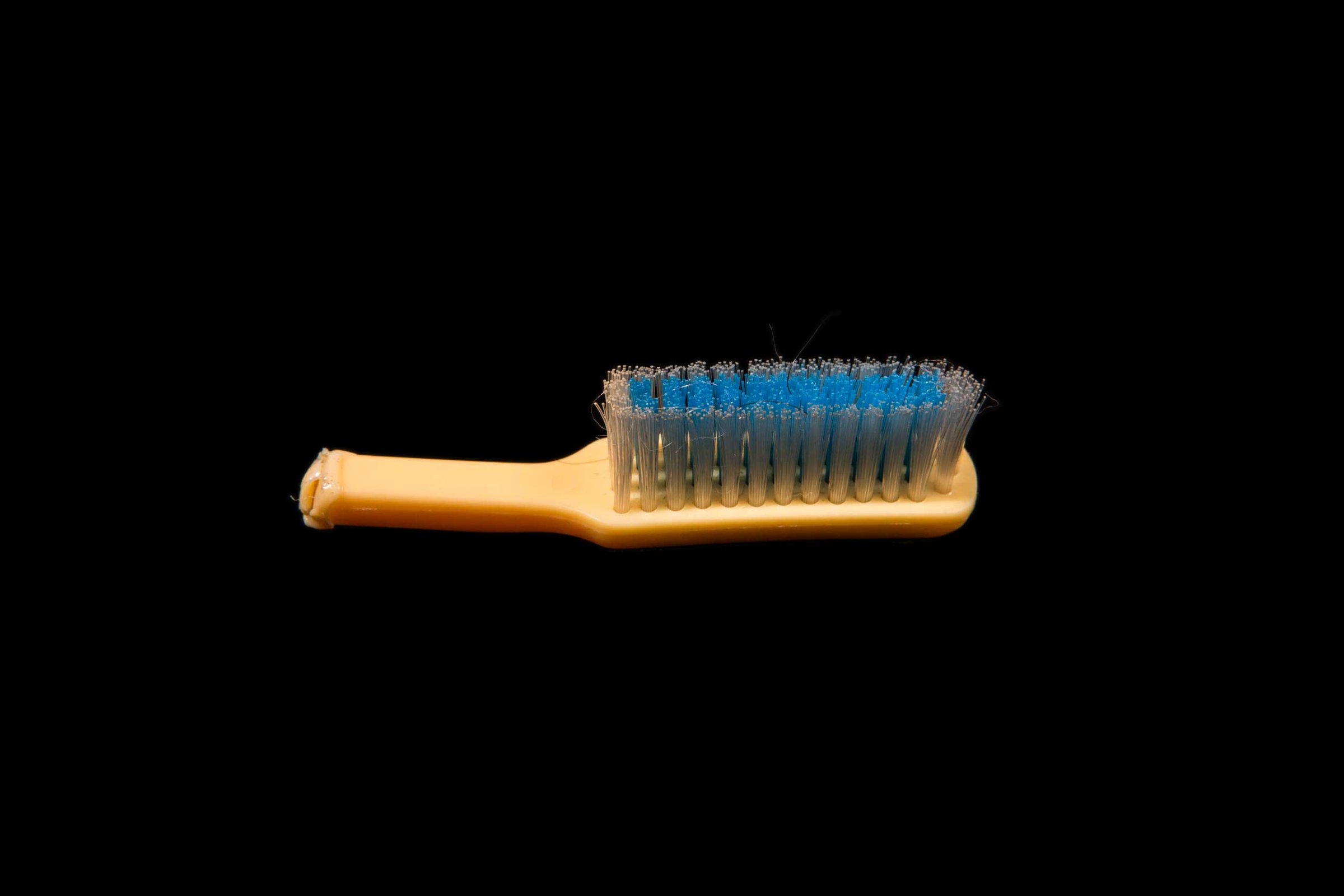
Whether through digital channels, print or on exhibit, the impact, influence and reach of the still image has never been greater. But with so many images fighting for our attention, how do photographers make work that most effectively stands out and connects with an audience. In this seven-part series, TIME looks back over the past 12 months to identify some of the ways of seeing—whether conceptually, aesthetically or through dissemination—that have grabbed our attention and been influential in maintaining photography’s relevance in an ever shifting environment, media landscape, and culture now ruled by images.
Documentary Still Life Series
When documenting news events, circumstances sometimes necessitate that photographers take a more conceptual approach to their work. This year, several major stories—from the conflict in Ukraine to the fight against Ebola–were fraught with danger for those photojournalists who covered them, while other events, from the detention and murder of Western journalists by ISIS to the kidnapping of 219 Nigerian schoolgirls by Boko Haram, offered seemingly little possible photographic access or opportunity for proper documentation.
Glenna Gordon, a documentary photographer who has worked extensively in Africa, produced some of the most effective work of the past 12 months by changing her approach. Gordon’s still life images of personal possessions—including dresses, schoolbooks and notes belonging to the kidnapped Nigerian schoolgirls and a two dimensional paper chess set used in captivity by western journalists abducted by ISIS—are the result of strict journalistic rigor and research. And in their simplicity, they form powerful images of significance, humanity and loss.
Other documentary photographers took a similar still-life approach while covering the violent street protests in Ukraine; Donald Weber produced a series of photographs of Molotov cocktails, while Davide Monteleone photographed weapons used by protestors and police officers.
Elsewhere Rick Loomis working in Central African Republic documented the weapons of war for the Los Angeles Times and Marco Pavan working for Colors magazine shot the objects left behind on the Italian island of Lampedusa, by the thousands of African migrants making the perilous boat journey to Europe.
Larry Towell‘s book Afghanistan, published this year, also incorporated still life images—in this case of prosthesis and landmines—to remind us that there is a long tradition of photojournalists taking still life photographs as part of their documentary work.
Read Part 1 – Direct to Audience.
Read Part 3 – The Portrait Series.
Read Part 4 – The Contemporary Photo Essay.
Read Part 5 – From Stills to Motion.
Phil Bicker is a Senior Photo Editor at TIME
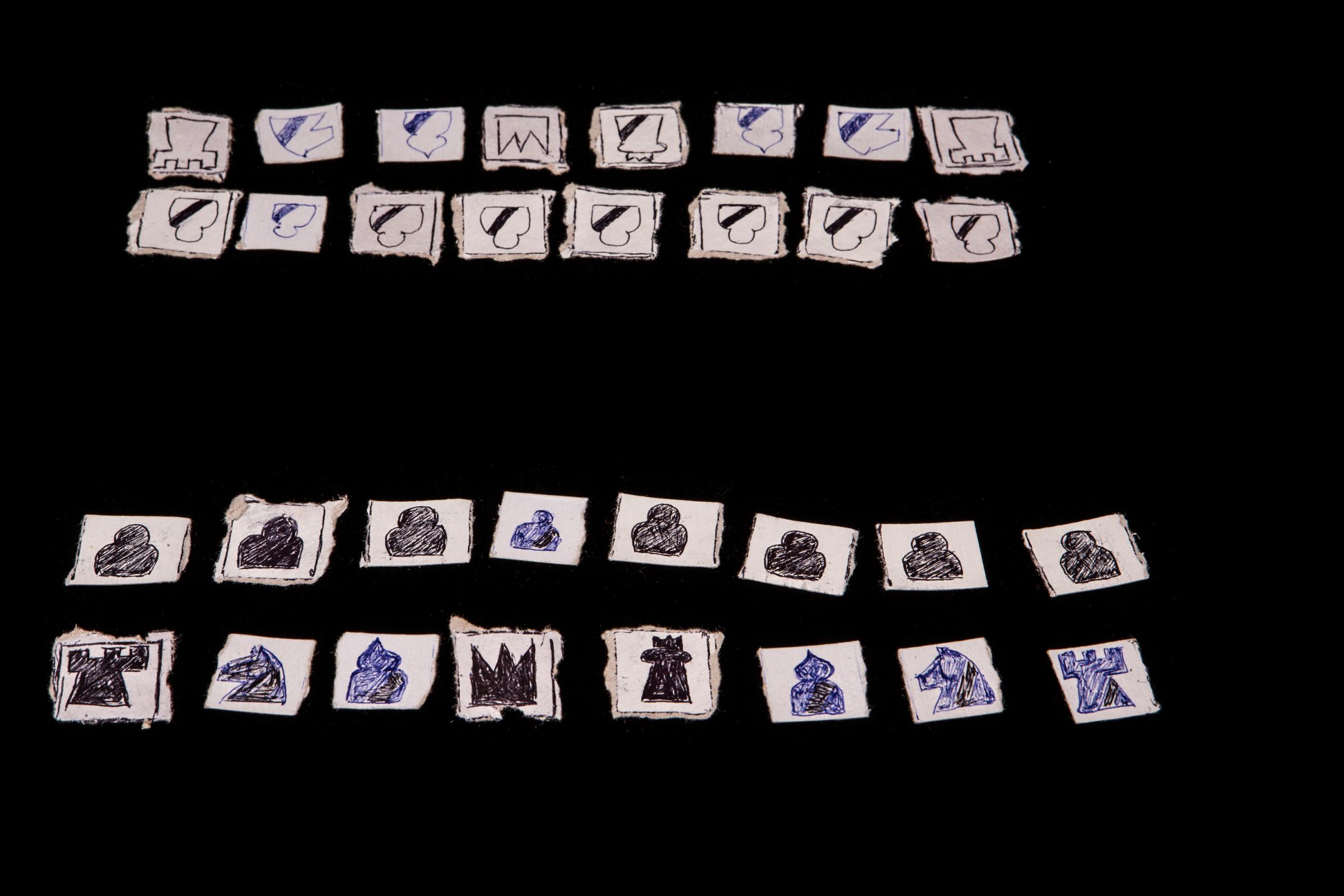
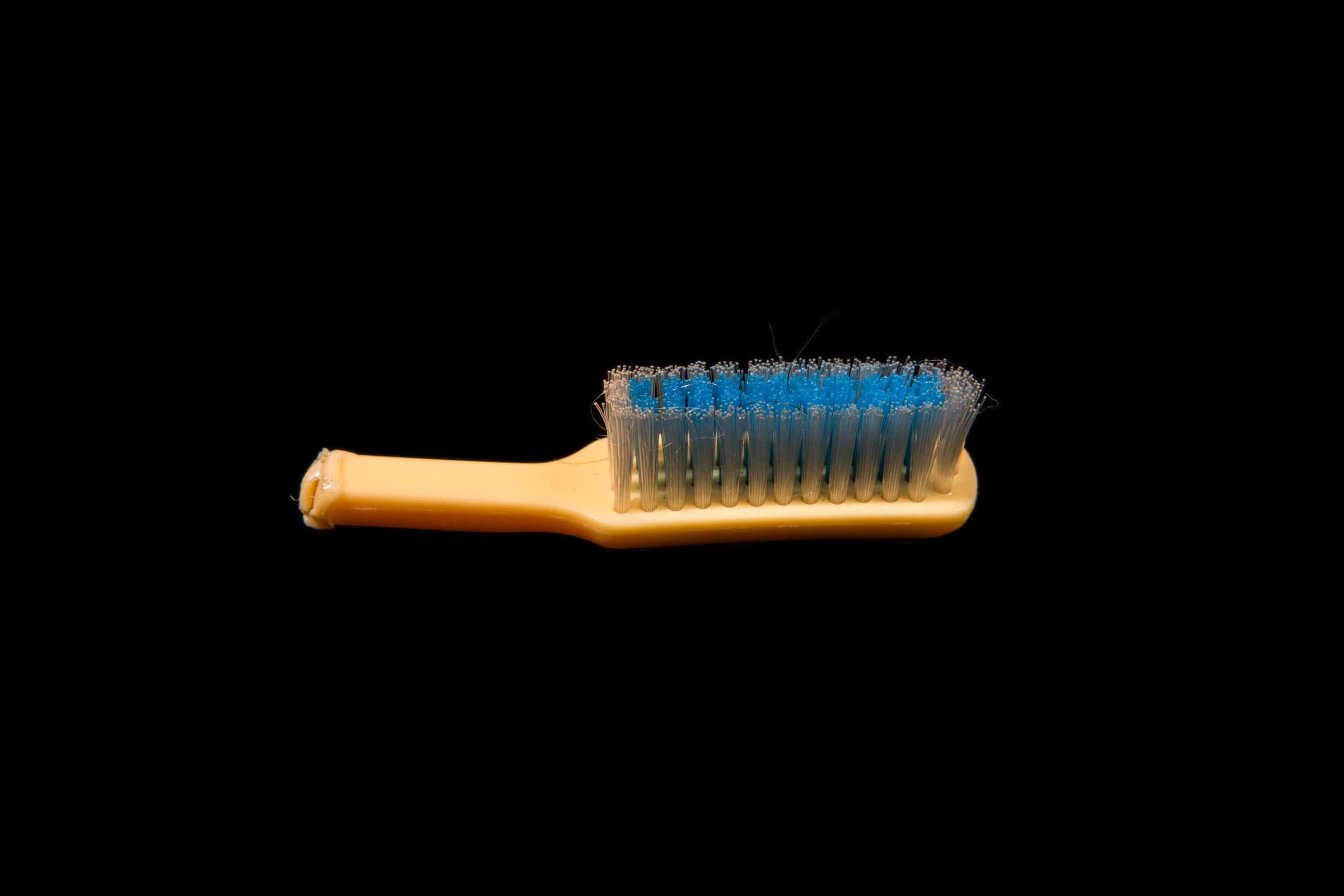


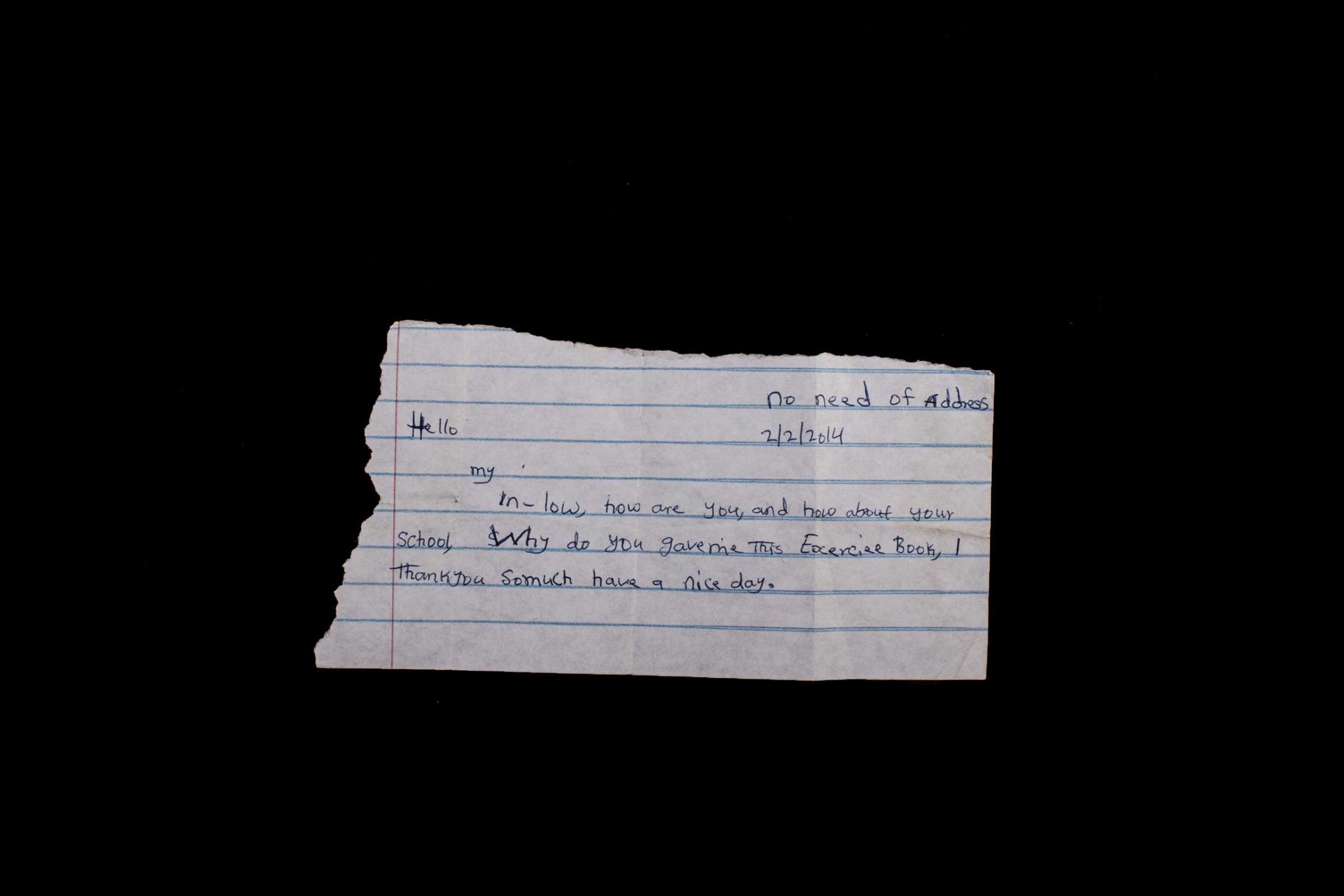
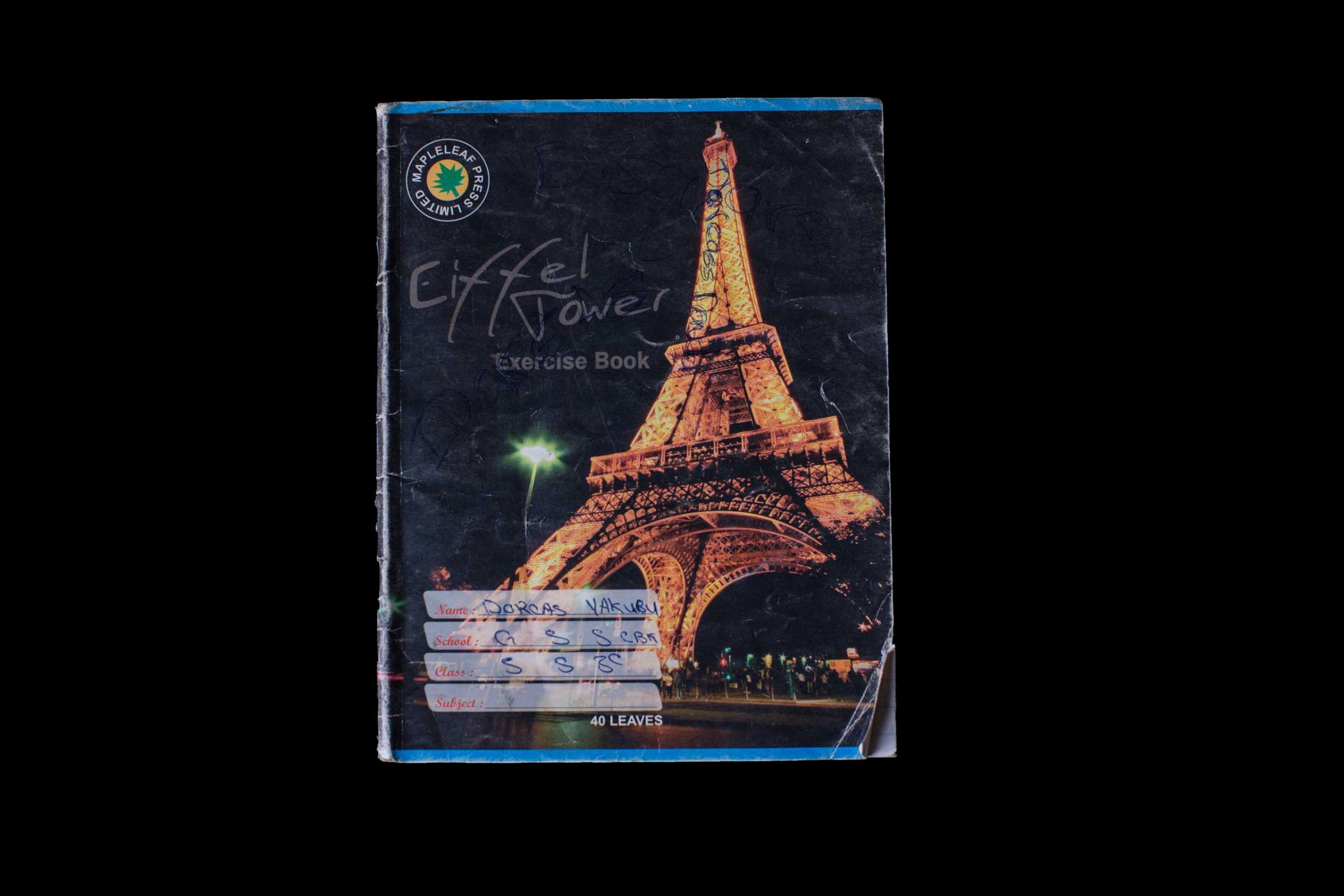

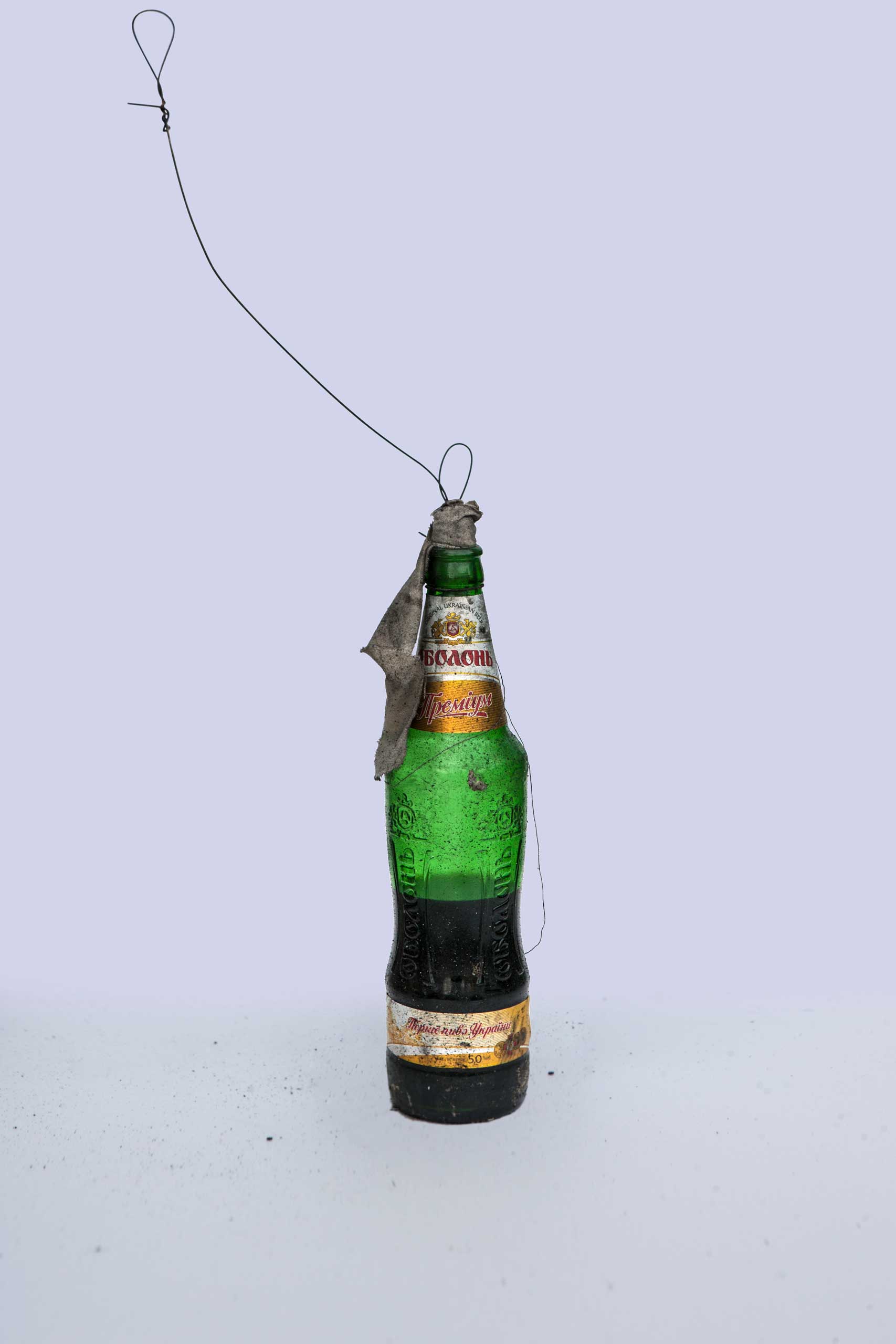
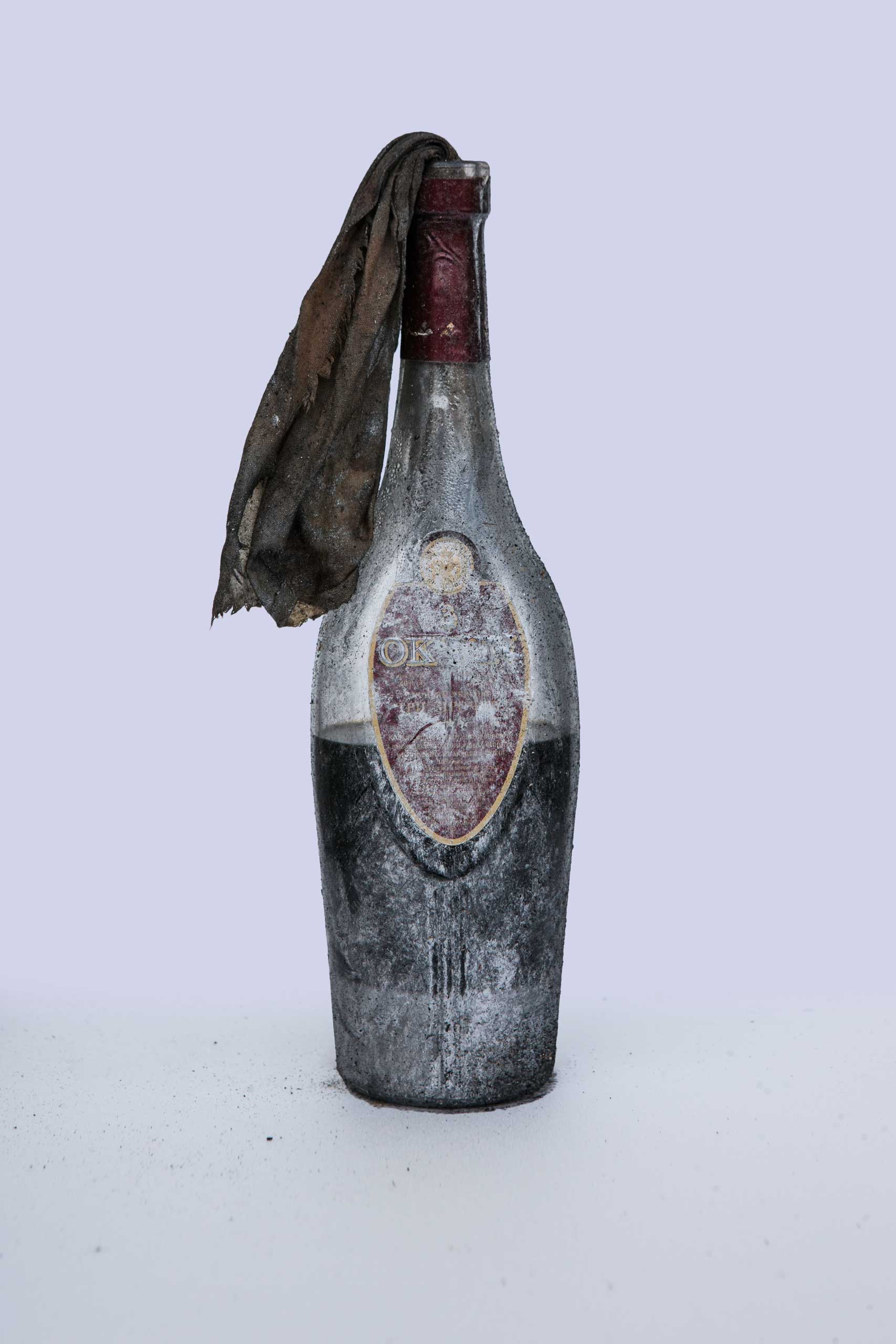


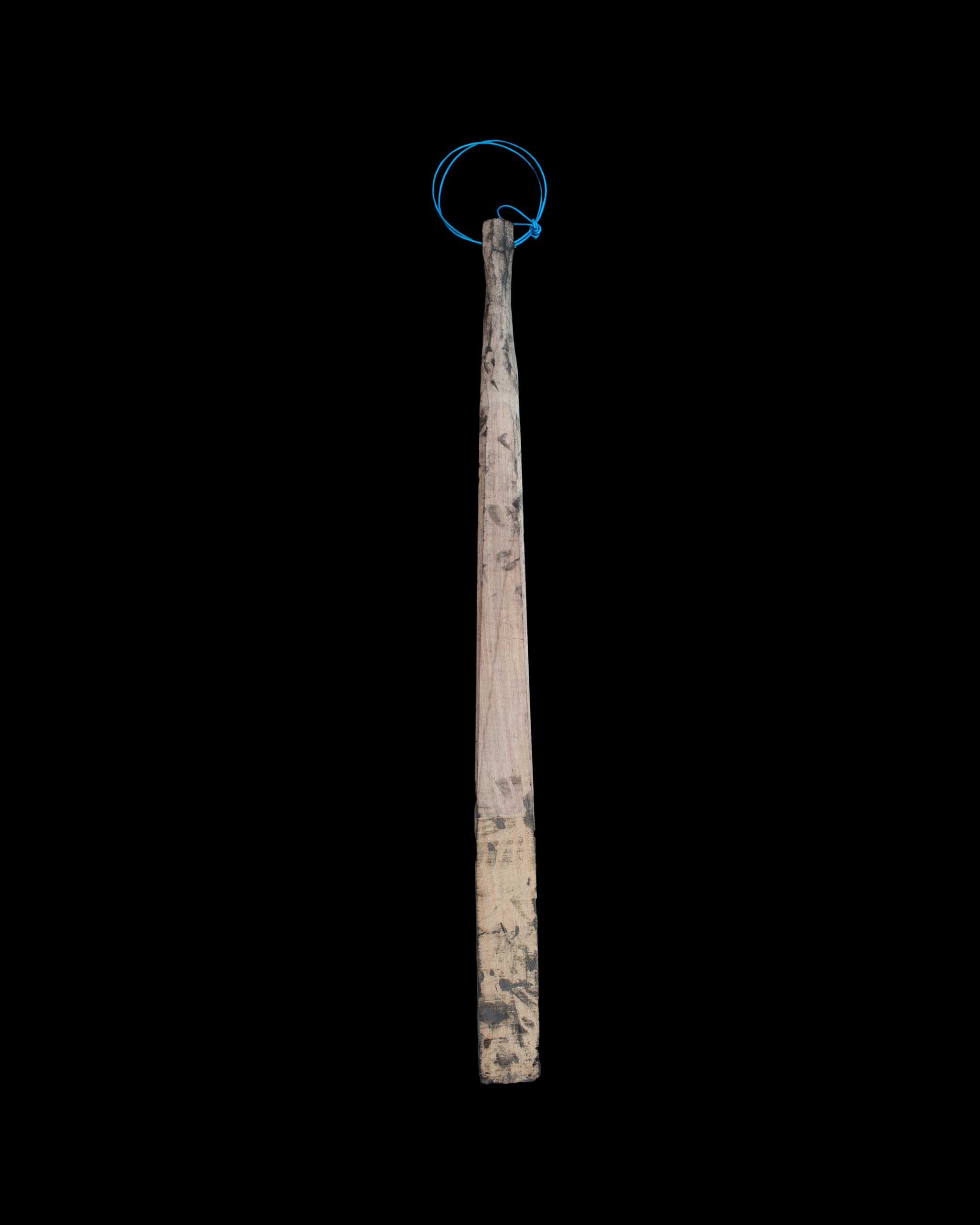
More Must-Reads From TIME
- The 100 Most Influential People of 2024
- The Revolution of Yulia Navalnaya
- 6 Compliments That Land Every Time
- What's the Deal With the Bitcoin Halving?
- If You're Dating Right Now , You're Brave: Column
- The AI That Could Heal a Divided Internet
- Fallout Is a Brilliant Model for the Future of Video Game Adaptations
- Want Weekly Recs on What to Watch, Read, and More? Sign Up for Worth Your Time
Contact us at letters@time.com